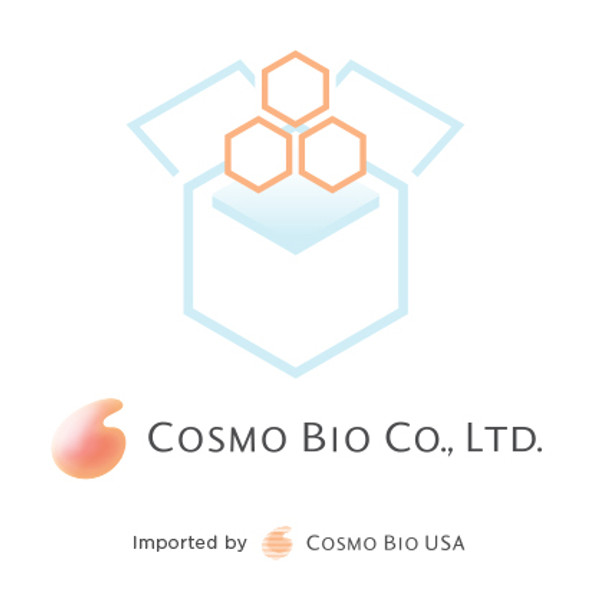Description
Reactivity: Rat
This EIA kit is used for quantitative determination of rat GLP-2 in serum or plasma samples. The kit is characterized for sensitive quantification, high specificity and no influences with other components in samples. Rat GLP-2 standard is highly purified synthetic product. < Specificity >The EIA kit has high specificity to rat GLP-2 and shows no cross reactivity with rat glucagon and rat GLP-1 even in the concentration of 300 pmol/mL. Supplementary: Competitive
Applicable Sample: Serum, Plasma
Other: The proglucagon gene is expressed in both pancreatic A cell and intestinal L cell. Tissue-specific posttranslational processing of proglucagon by the prohormone convertase produced the different proglucagon derived peptides (PGDPs) in both pancreas and intestine. The most notable pancreatic PGDP is glucagon, whereas the L cell produces several structurally related peptides, including glucagon-like peptide 1 (GLP-1)and GLP-2, as well as glicentin and oxyntomodulin, which contain glucagon sequence in their molecules. Among PGDPs, GLP-2 has recently been found to show intestinal epithelial proliferation.
View AllClose
This EIA kit is used for quantitative determination of rat GLP-2 in serum or plasma samples. The kit is characterized for sensitive quantification, high specificity and no influences with other components in samples. Rat GLP-2 standard is highly purified synthetic product. < Specificity >The EIA kit has high specificity to rat GLP-2 and shows no cross reactivity with rat glucagon and rat GLP-1 even in the concentration of 300 pmol/mL. Supplementary: Competitive
Applicable Sample: Serum, Plasma
Other: The proglucagon gene is expressed in both pancreatic A cell and intestinal L cell. Tissue-specific posttranslational processing of proglucagon by the prohormone convertase produced the different proglucagon derived peptides (PGDPs) in both pancreas and intestine. The most notable pancreatic PGDP is glucagon, whereas the L cell produces several structurally related peptides, including glucagon-like peptide 1 (GLP-1)and GLP-2, as well as glicentin and oxyntomodulin, which contain glucagon sequence in their molecules. Among PGDPs, GLP-2 has recently been found to show intestinal epithelial proliferation.






